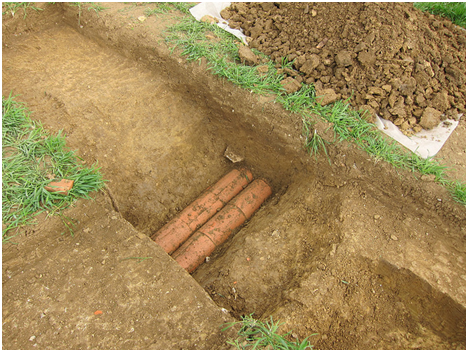Intro to pipe maintenance, necessary equipment for unblocking, and how to unblock water closet pipes.
Brief Introduction
Many products of the home enable us to efficiently maintain waste. This equipment requires constant maintenance and inspection to ensure that its functionality is up to standard. One common problem for many people is blockage in water closets. For those who are still new to maintenance, it might be a difficult task. It is normal for any home user to use their facilities, such as toilets, but never pay any attention to when and how they should regularly inspect them. Fortunately, any person with minimal maintenance skills can easily repair any form of congested piping and drainage systems. In addition, not a lot of tools are required to deal with this sort of work.
What you need before you Start
Before you attempt to perform any maintenance, it is handy to have a pair of rubber gloves to keep your hands away from any sewage water and waste. Furthermore, the gloves can also protect your skin from a possible sensitivity to certain chemicals. You will also need a basic plunger to suck up any possible blockages in the main water closet area. If you have access to drain rods/augers, they can also be useful if the blockage is more difficult to reach. Lastly, you will need some disinfectant to clean your hands and equipment after accessing the drain area.
First Steps
If your water closets are flooding and/or have difficulties flushing, there is a good chance that your soil pipes are blocked. The first thing that you should try is use your plunger. Place it in the bottom of the toilet and give it a couple of pumps. It may take a while before you can actually see any results (can be up to 30+ pumps). If the plunger pumping process succeeds, then water from your toilet should flow out smoothly without any signs of blockage or obstruction. If you accidentally dropped a small object, such as a towel, in your toilet, it should come back up if it was in the toilet or any soil pipes in the first place. If that is not the case after the first couple of tries, then you will need to go to the second step described in the next paragraph.
If the Plunger Fails
You will need to access the deeper pipe instalments if this is the case. If you have a drain rod/auger, you can try to “push” the blockage deeper into the pipeline with hopes that it will be forced into the sewage system. To attempt this, simply insert the drain rod/auger into the toilet bottom and push it in as far as you can. If you feel some force preventing the drain rod/auger to go further into the drain pipes, there is a good chance that is where your block is. Twist the drain rod/auger and give it a little push to clear the obstruction away. If your drain rod/auger goes deeper into the toilet from this stage, then there is a good chance that the blockage has moved down the drain. From here, remove your drain rod/auger and test the toilet flush. If the flush goes down the drain smoothly, then you have successfully removed the blockage. If that is not the case, then the blockage is further down in your soil pipes.
When All Fails
If you suspect the blockage to be further down the drain, you are then limited to a number of options. For more experienced users of tools and maintenance, you can always try to disassemble the toilet unit by unscrewing the retaining bolts and working your way from there and repeating the drain rod/auger technique. Alternately, for beginners who have no experience with tools, we strongly recommend that you contact a professional to clear out your blockage as it may require extensive dismantling of pipe work. Never attempt a piping job that you have doubt in. Stay on the safe side as hazardous materials and equipment can be used in the process.

